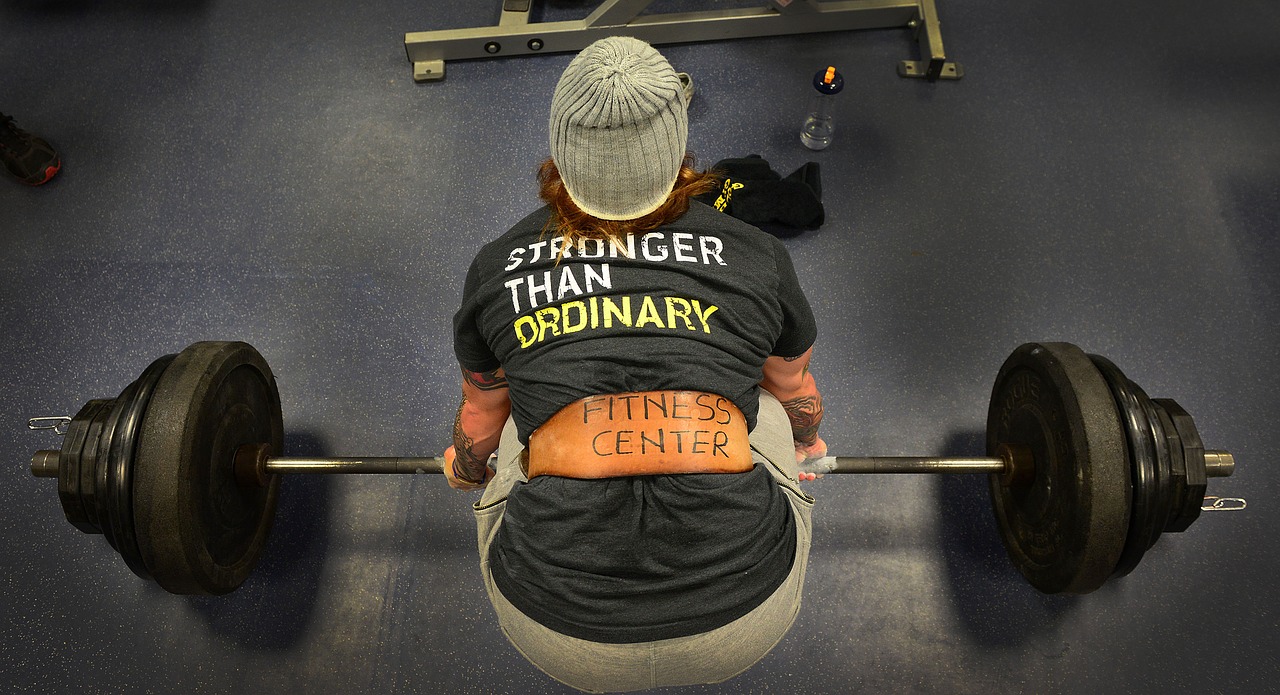There are very few sports where absolute strength is unimportant. Regardless of whether or not the athlete’s bodyweight is important to performance, strength is always beneficial. A strong athlete will often be able to make up for skill more often than we like to admit. We have all seen clumsy, brutish athletes simply overpower and overwhelm more skilled opposition. In combat sports the argument is that two fighters of equal skill, bodyweight will be the defining factor. This is the reason for weight classes. Now, in a particular weight class we recognize that the stronger fighter will have the advantage.
Despite this we still argue that strength isn’t everything. While I believe other factors are just as important I will present a case for absolute strength being a critical factor. First we will look at the debate of relative strength. The Powerlifter/strongman vs. Olympic lifter is one such example. On one hand we have the Olympic lifter, a master technician who can shift weight more efficiently than most other athletes. They have incredible strength relative to bodyweight. Then we look at a powerlifter or strongman. They demonstrate tremendous strength while not being as technically efficient as an Olympic lifter. They also have much greater bodyweight which diminishes their strength to weight ratio. The following video shows how they compare when asked to squat their own bodyweight for max repetitions.
[youtube=http://www.youtube.com/watch?v=g0R68g184ag]
While the strongman and Olympic lifter achieve the same total reps the powerlifter has a greater total load lifted. Work done is an extremely important factor in all sports. This simply demonstrates that despite him not achieve the same reps his absolute strength allows him to beat more efficient lifters.
In the case of endurance athletes the argument may not be as obvious. Endurance athletes must sustain workloads in order to be successful. Our initial thought may be that their conditioning is going to be the critical factor. Again this is not the case. The greater an athlete’s maximal power output is, the easier he can manage submaximal work. Relative workloads become less intense. An athlete who must sustain 300watts when his max is 350watts will struggle against an athlete who maintains 300watts with a max of 400watts.
Crossfit athletes are also a very good example of this. They are often prescribed workloads which disregard any differences in the size or strength level of an athlete. In this case an athlete who must complete 20 deadlifts of 100kg, having a max effort of 150kg will need to work much harder than an athlete who has a max effort of 200kg. The first athlete is lifting 75% of their max in comparison to 50% with the second. This allows for a large advantage which may be too great to overcome even with a more efficient technique.
While I do not advocate neglecting technique or conditioning, it is important to realize the advantage that absolute strength provides. A weak yet technically good athlete will automatically be at a disadvantage. For this reason it is a very good idea to ascertain strength standards which athletes should look to achieve in their discipline. If they fail to do so it may highlight where they might struggle during competition. Very often direct attention to strength development can make a very significant impact on an athlete’s performance. Neither coach nor athlete should ever disregard the benefits of an effective strength program. It is often overlooked especially in technical sports. At high levels of competition this oversight may be the weakness that gives the opposition the opportunity they need to win.
